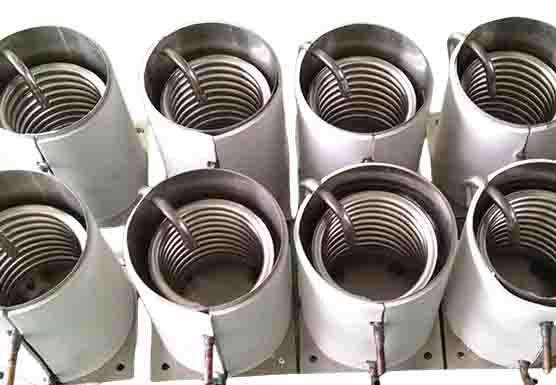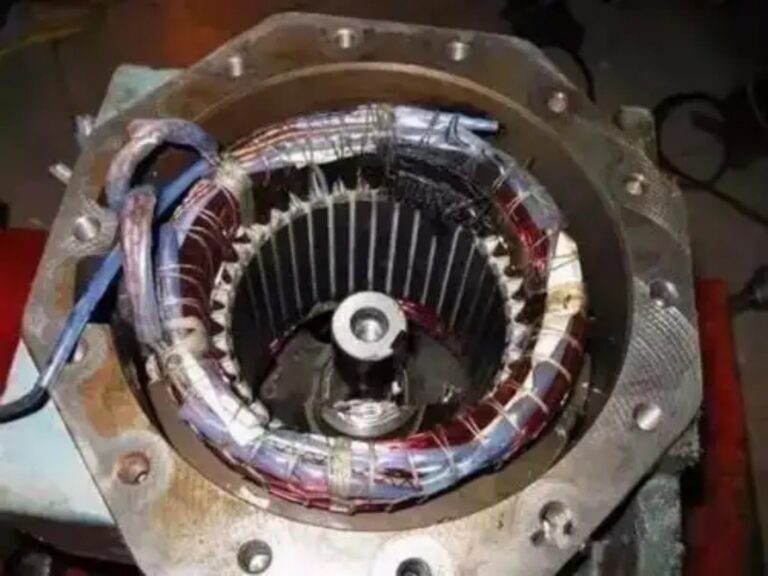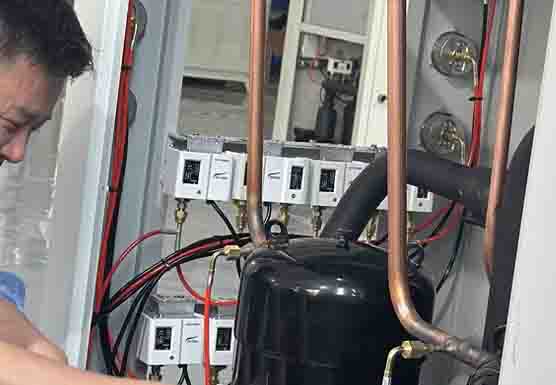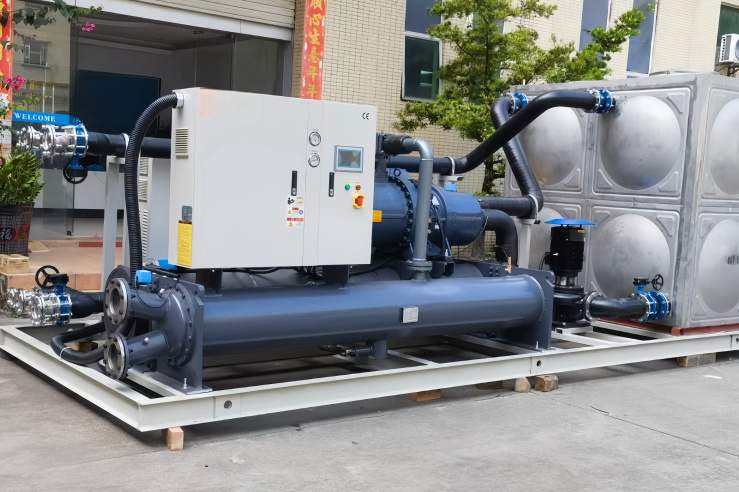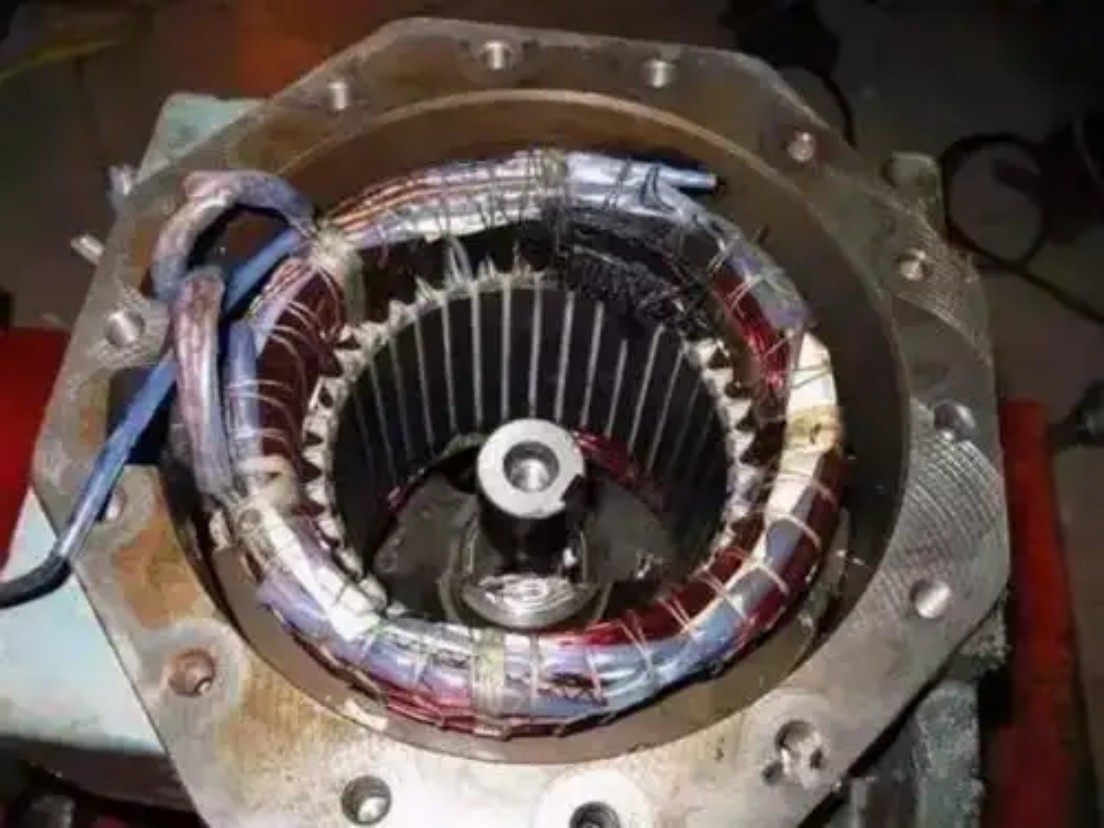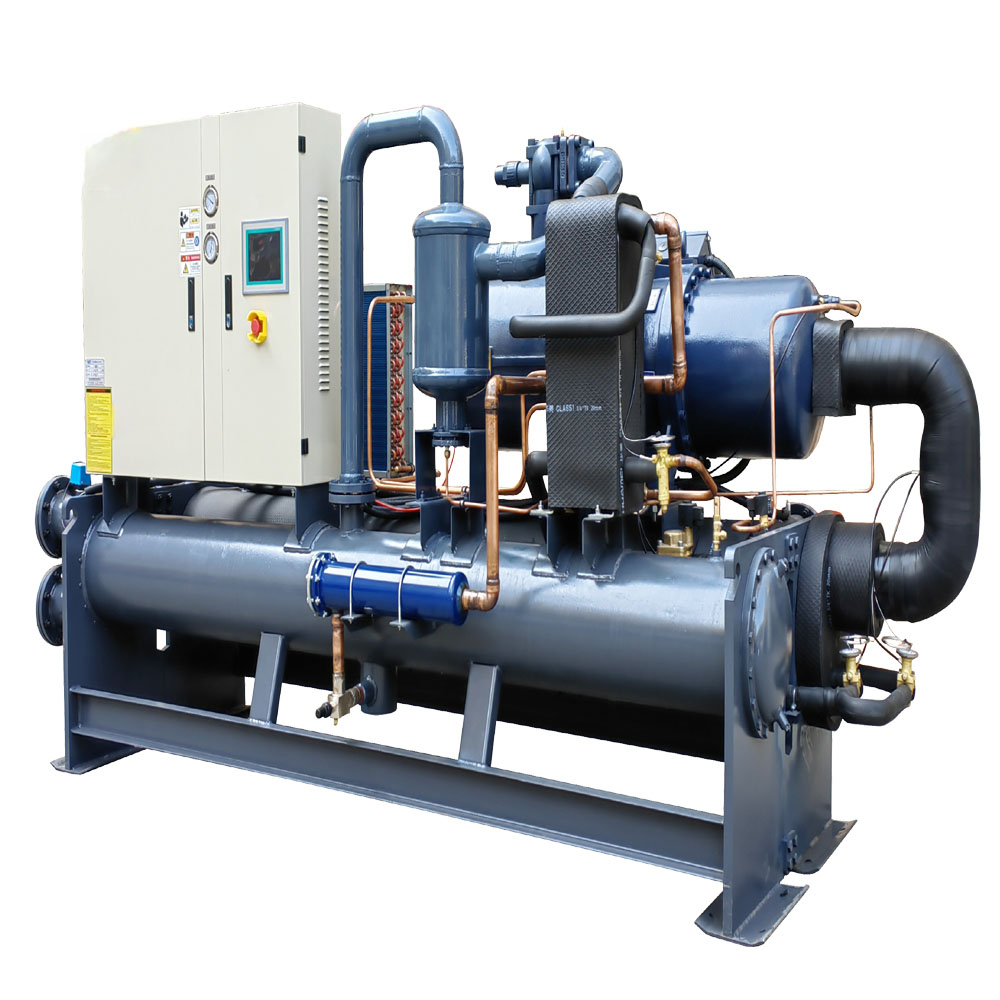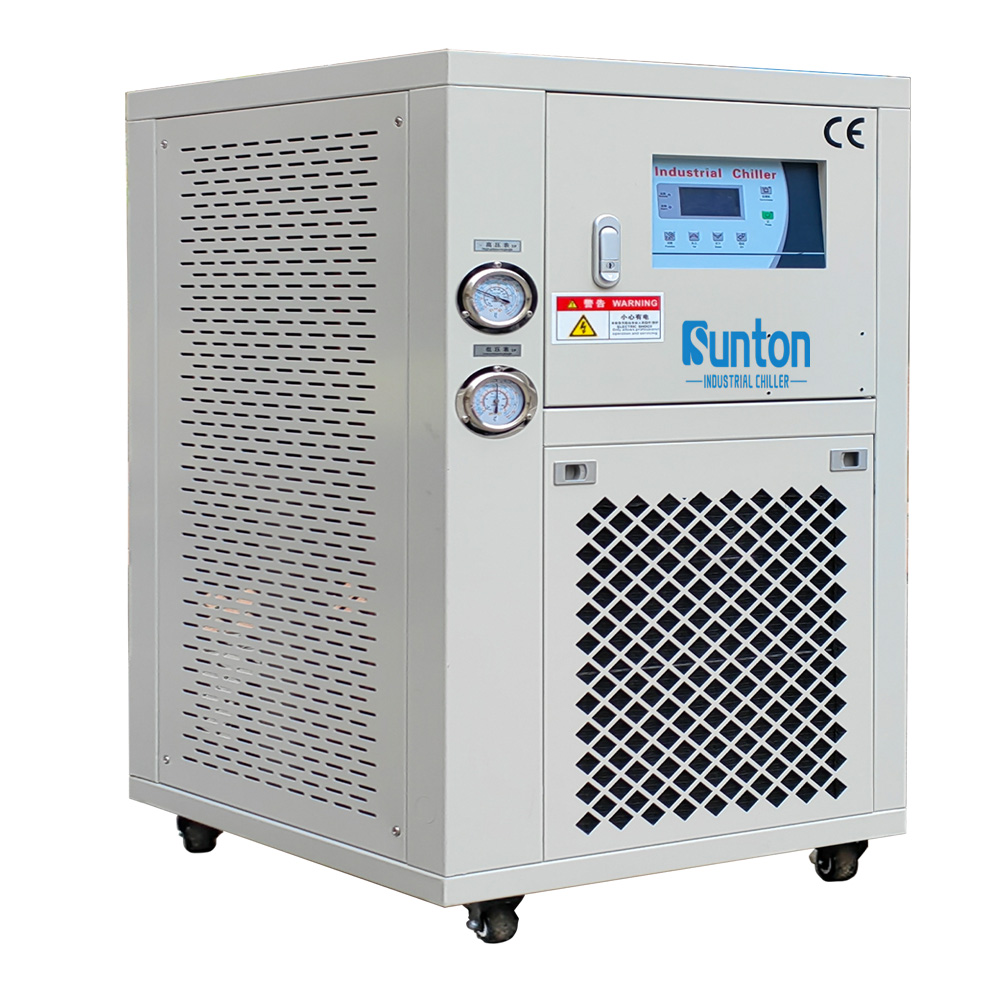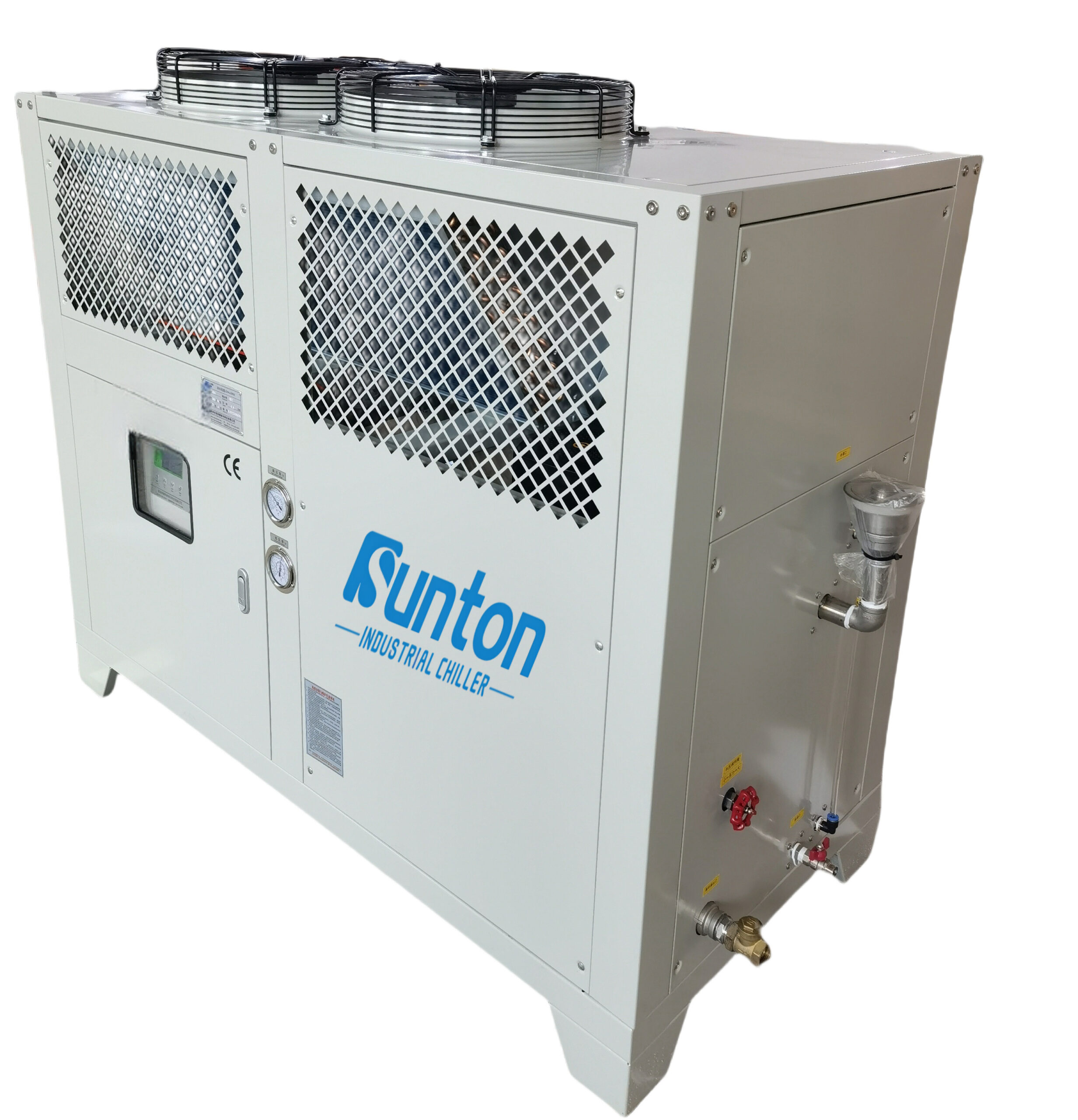-
Dalingshan Industrial Guangdong
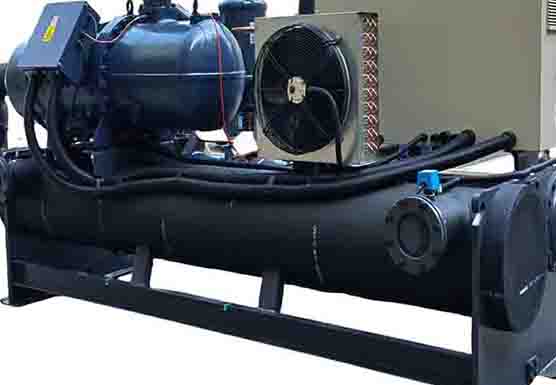
pendingin glikol vs. pendingin air – mengapa menggunakan glikol
Pendingin Glikol vs Pendingin Air: Memahami Perbedaan Utama dan Penggunaannya
Artikel ini membahas secara mendalam dunia pendinginan industri, khususnya membandingkan pendingin glikol dan pendingin air. Kami akan membahas perbedaan, kelebihan, dan aplikasi idealnya. Baik Anda berkecimpung dalam industri plastik, pengolahan makanan, atau mengelola pusat data, memahami sistem ini sangat penting untuk operasi yang efisien dan hemat biaya. Sebagai pabrik pembuat pendingin air industri terkemuka, kami sangat memahami nuansa keduanya pendingin air dan pendingin glikolArtikel ini dirancang untuk memberi Anda informasi penting yang Anda butuhkan untuk memutuskan yang paling cocok jenis pendingin untuk kebutuhan spesifik Anda. Kami akan menyertakan wawasan langsung dan contoh praktis untuk memperjelas konsep yang rumit, sehingga buku ini menjadi bacaan berharga bagi siapa pun yang ingin mengoptimalkan sistem pendingin mereka.
Daftar Isi
Apa itu Pendingin Glikol dan Bagaimana Cara Kerjanya?
A pendingin glikol adalah jenis pendingin industri yang menggunakan campuran glikol dan air sebagai media pendingin. Itu glikol, biasanya etilen glikol atau propilen glikol, ditambahkan ke air untuk menurunkan titik bekunya. Hal ini memungkinkan pendingin untuk beroperasi pada suhu di bawah titik beku air murni tanpa risiko pendingin membeku dan merusak sistem. Pabrik Pembuatan Pendingin Air Industri sering merekomendasikan pendingin glikol untuk aplikasi dimana pendinginan cepat diperlukan dan kondisi pengoperasiannya dapat mencapai suhu di bawah titik beku.
Pendingin glikol bekerja dengan mengedarkan glikol larutan melalui unit pendingin, yang mendinginkannya. dingin glikol Larutan kemudian dipompa melalui penukar panas, di mana ia menyerap panas dari proses atau peralatan yang didinginkan. glikol kemudian dikembalikan ke pendingin untuk didinginkan lagi. penggunaan glikol memastikan bahwa sistem pendingin dapat beroperasi secara efisien bahkan dalam suhu yang sangat rendah, sehingga ideal untuk industri seperti makanan dan minuman, farmasi, dan aplikasi apa pun yang memerlukan kontrol suhu yang tepat di lingkungan yang dingin. Sebagai produsen pendingin air industri, kami sering melihat penggunaan sulingan atau air deionisasi disarankan untuk dicampur dengan glikol untuk menghindari endapan mineral dan korosi dalam sistem.
Apa itu Pendingin Air dan Bagaimana Cara Kerjanya?
A pendingin air adalah jenis lain dari pendingin industri yang menggunakan air sebagai media pendingin. Ini pendingin dirancang untuk mendinginkan air ke suhu tertentu dan kemudian mengalirkannya melalui penukar panas untuk menyerap panas dari proses industri, mesin, atau sistem pendingin udara. Pendingin air sangat efisien ketika suhu yang dibutuhkan berada di atas titik beku air.
Pendingin air beroperasi dengan cara mengedarkan air dingin melalui sebuah unit pendingin untuk pendinginan. Yang didinginkan air kemudian dipompa melalui penukar panas, di mana ia menyerap panas dari proses atau peralatan yang didinginkan. air kemudian dikembalikan ke pendingin untuk didinginkan lagi. Pendingin air lebih disukai dalam banyak aplikasi karena tingginya perpindahan panas properti dari airNamun, mereka tidak cocok untuk aplikasi di mana suhu turun di bawah titik beku. air, karena hal ini dapat menyebabkan air membeku dan berpotensi merusak pendingin komponen. Menggunakan air sebagai pendingin seringkali lebih sederhana dan lebih hemat biaya dibandingkan dengan menggunakan glikol, tetapi keterbatasan yang disebabkan oleh titik beku air harus dipertimbangkan secara cermat.
Apa Perbedaan Utama Antara Pendingin Glikol dan Pendingin Air?
Yang utama perbedaan glikol pendingin dan pendingin air terletak di media pendingin digunakan. Pendingin glikol menggunakan campuran etilen glikol dan air, ketika pendingin air hanya menggunakan airPerbedaan mendasar ini menyebabkan beberapa perbedaan dalam pengoperasian, kinerja, dan aplikasinya.
| Fitur | Pendingin Glikol | Pendingin Air |
| Pendingin | Campuran dari glikol dan air | Air murni atau air kota |
| Titik Beku | Diturunkan dengan penambahan glikol | 0°C (32°F) |
| Suhu Operasional | Dapat beroperasi di bawah 0°C (32°F) | Biasanya beroperasi di atas 0°C (32°F) |
| Transfer Panas | Sedikit lebih rendah perpindahan panas efisiensi dibandingkan dengan air | Lebih tinggi perpindahan panas efisiensi |
| Aplikasi | Ideal untuk aplikasi suhu rendah, instalasi luar ruangan, pembekuan perlindungan | Cocok untuk aplikasi suhu sedang, pengaturan dalam ruangan |
| Biaya | Biaya awal yang lebih tinggi karena glikol, potensi biaya pemeliharaan yang lebih tinggi | Biaya awal lebih rendah, biaya pemeliharaan berpotensi lebih rendah |
Penambahan glikol ke pendingin pendingin menurunkan titik beku, membuat pendingin glikol cocok untuk lingkungan di mana suhu turun di bawah titik beku air. Itu pendingin air Akan memerlukan perawatan yang lebih tinggi karena perlunya penggantian cairan yang lebih sering. Pendingin air, di sisi lain, umumnya lebih efisien dalam hal perpindahan panas ketika beroperasi di atas titik beku karena air memiliki kemampuan lebih baik dalam menyerap panas dibandingkan glikolNamun, dengan menggunakan air dalam kondisi di bawah titik beku risiko pembekuan, yang dapat menyebabkan kerusakan signifikan pada sistem pendingin. Pendingin glikol juga sering dipilih di lokasi dimana lokasi pendingin berada di luar ruangan, karena mereka menyediakan antibeku properti.
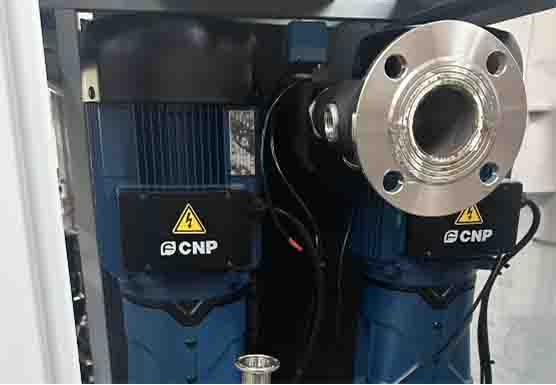
Mengapa Menggunakan Glikol dalam Pendingin Industri?
Alasan utama untuk gunakan glikol di dalam pendingin industri adalah untuk mencegah pendinginan cairan dari pembekuan pada suhu rendah. Glikol bertindak sebagai antibeku, menurunkan titik beku air dalam sistem. Hal ini penting dalam aplikasi di mana pendingin beroperasi di lingkungan dingin atau dimana proses pendinginan memerlukan suhu di bawah titik beku air.
Glikol juga menawarkan manfaat lain, seperti perlindungan korosi. Banyak pendingin industri menggunakan glikol terhambat, yang mengandung aditif yang mencegah korosi dan kerak dalam sistem. Ini membantu memperpanjang umur pendingin dan mempertahankan efisiensinya. Selain itu, glikol dapat membantu mengurangi pertumbuhan bakteri dan alga di pendinginan sistem. manfaat glikol terutama terlihat dalam industri seperti pengolahan makanan, di mana menjaga suhu rendah sangat penting untuk keamanan dan kualitas produk. Pendingin berbasis glikol lebih cocok untuk aplikasi ini daripada pendingin air, yang lebih rentan terhadap pembekuan masalah. Berikut ini beberapa Pendingin Industri Untuk Industri Makanan & Minuman.
Jenis Glikol Apa yang Digunakan dalam Pendingin?
Ada dua hal utama jenis glikol digunakan dalam pendingin: etilen glikol dan propilen glikol. Etilen glikol lebih umum karena keunggulannya perpindahan panas khasiatnya dan biayanya lebih rendah. Namun, bahan ini beracun jika tertelan, sehingga diperlukan penanganan yang hati-hati.
Propilen glikol, di sisi lain, tidak beracun dan sering digunakan dalam aplikasi yang berisiko tertelan secara tidak sengaja, seperti dalam industri makanan dan minuman. propilen glikol lebih aman, memiliki sedikit lebih rendah perpindahan panas efisiensi dibandingkan dengan etilen glikolPilihan antara etilen glikol atau propilen glikol tergantung pada aplikasi spesifik dan pertimbangan keselamatan. Keduanya Jenis-jenis glikol efektif dalam menurunkan titik beku air, tapi pilihan antara propilena atau etilen glikol sering kali bermuara pada masalah toksisitas.
Bagaimana Titik Beku Mempengaruhi Kinerja Pendingin?
Titik beku dari pendinginan cairan merupakan faktor yang krusial dalam pendingin kinerja, terutama dalam aplikasi suhu rendah. Jika pendinginan cairan membeku, hal ini dapat menyebabkan kerusakan yang signifikan pada pendingin komponen, seperti evaporator dan perpipaan. Hal ini dapat menyebabkan perbaikan yang mahal dan waktu henti.
Menggunakan campuran glikol memungkinkan pendingin untuk beroperasi pada suhu di bawah titik beku air tanpa risiko pembekuanIni memastikan pengoperasian yang berkelanjutan dan andal, bahkan di lingkungan yang dingin. glikol Konsentrasi menentukan titik beku larutan. Semakin tinggi glikol Konsentrasi yang lebih tinggi akan menghasilkan titik beku yang lebih rendah. Namun, perlu diperhatikan bahwa peningkatan glikol konsentrasi juga mengurangi perpindahan panas efisiensi fluida. Karena glikol memiliki panas spesifik yang lebih rendah dibandingkan air, tidak menyerap panas secara efektif. Oleh karena itu, menemukan yang optimal glikol Konsentrasi sangat penting untuk menyeimbangkan pembekuan perlindungan dan pendinginan kinerja. Misalnya, etilen glikol murni akan membeku pada suhu sekitar -12.9°C (8.8°F), tetapi campuran glikol dan air dapat tetap cair pada suhu yang jauh lebih rendah.
Apa Keuntungan Menggunakan Pendingin Glikol?
Pendingin glikol menawarkan beberapa keuntungan dibandingkan pendingin air, terutama pada aplikasi suhu rendah:
- Perlindungan dari Pembekuan: Keuntungan utama adalah kemampuan untuk beroperasi di bawah titik beku air tanpa risiko pendinginan cairan pembekuanHal ini penting untuk aplikasi di mana pendingin terkena suhu dingin atau saat proses pendinginan memerlukan suhu di bawah titik beku.
- Perlindungan Korosi: Glikol terhambat solusinya mengandung aditif yang mencegah korosi dan kerak di dalam pendingin sistem. Ini membantu memperpanjang umur peralatan dan menjaga efisiensinya.
- Mengurangi Pertumbuhan Bakteri: Glikol dapat membantu menghambat pertumbuhan bakteri dan alga di pendinginan sistem, yang dapat meningkatkan kebersihan dan mengurangi kebutuhan pemeliharaan.
- Keserbagunaan: Pendingin glikol dapat digunakan dalam berbagai aplikasi, termasuk instalasi luar ruangan, pengolahan makanan dan minuman, farmasi, dan pengolahan kimia.
Keunggulan ini membuat pendingin glikol pilihan populer bagi banyak industri. sifat antibeku dari glikol sangat penting di daerah beriklim dingin, dimana pendingin air akan menjadi tidak praktis.
Kapan Anda Harus Menggunakan Pendingin Air Dibandingkan Pendingin Glikol?
Ketika pendingin glikol menawarkan beberapa keuntungan, ada situasi di mana pendingin air adalah pilihan yang lebih baik:
- Aplikasi Suhu Sedang: Jika diperlukan pendinginan suhu selalu berada di atas titik beku air, A pendingin air seringkali lebih efisien dan hemat biaya. Air memiliki kapasitas panas spesifik yang lebih tinggi daripada glikol, artinya dapat menyerap lebih banyak panas untuk perubahan suhu tertentu.
- Aplikasi Dalam Ruangan: Di lingkungan dalam ruangan di mana suhu terkontrol dan tidak ada risiko pembekuan, pendingin air umumnya lebih disukai karena lebih tinggi perpindahan panas efisiensi.
- Pertimbangan Biaya: Pendingin air biasanya memiliki biaya awal yang lebih rendah daripada pendingin glikolSelain itu, air lebih murah dari glikol, sehingga biaya operasional suatu pendingin air mungkin lebih rendah dalam beberapa kasus.
- Kekhawatiran Lingkungan: Air ramah lingkungan, sementara beberapa glikol solusi, khususnya etilen glikol, bisa beracun.
Misalnya saja, di Sistem HVAC dimana air dingin digunakan untuk pendingin udara dan suhunya tetap di atas titik beku, pendingin air biasanya merupakan pilihan yang lebih baik.
Bagaimana Menentukan Rasio Glikol dan Air yang Tepat?
Menentukan yang benar rasio glikol untuk air sangat penting untuk optimal pendingin kinerja. Idealnya glikol Konsentrasi tergantung pada suhu operasi terendah yang diharapkan dan tingkat yang diinginkan pembekuan perlindungan.
- Menilai Suhu Terendah: Tentukan suhu terendah pendingin akan terpapar, baik karena lingkungan atau proses pendinginan.
- Lihat Bagan Konsentrasi Glikol: Produsen dari glikol menyediakan grafik yang menunjukkan titik beku yang berbeda glikol konsentrasi.
- Pertimbangkan Margin Keamanan: Disarankan untuk menambahkan margin keamanan ke glikol konsentrasi untuk memperhitungkan penurunan suhu yang tidak terduga atau variasi dalam glikol campuran.
- Pertimbangkan Efisiensi Perpindahan Panas: Ingatlah bahwa semakin tinggi glikol konsentrasi mengurangi perpindahan panas efisiensi pendinginan cairan.
Misalnya, jika suhu terendah yang diharapkan adalah -10°C (14°F), glikol Konsentrasi sekitar 30-40% mungkin sesuai. Namun, jika suhu bisa turun hingga -20°C (-4°F), konsentrasi yang lebih tinggi yaitu 40-50% mungkin diperlukan. Penting untuk berkonsultasi dengan pendingin ahli atau glikol produsen untuk menentukan yang optimal glikol konsentrasi untuk aplikasi spesifik Anda. Memilih yang tepat persentase glikol penting untuk mencegah keduanya pembekuan dan pengurangan yang tidak perlu dalam pendinginan efisiensi.
Apa Persyaratan Pemeliharaan untuk Pendingin Glikol dan Air?
Keduanya glikol dan pendingin air memerlukan perawatan rutin untuk memastikan kinerja dan umur pakai yang optimal. Namun, ada beberapa perbedaan dalam persyaratan perawatannya:
- Pengujian dan Penggantian Cairan: Glikol solusi perlu diuji secara berkala untuk memastikan glikol konsentrasinya benar dan cairan bebas dari kontaminan. Glikol dapat menurun kualitasnya seiring waktu, jadi mungkin perlu diganti setiap beberapa tahun. Pendingin air juga membutuhkan reguler air pengujian dan penggantian, tetapi frekuensinya mungkin lebih tinggi karena potensi pertumbuhan bakteri dan penumpukan mineral.
- Inspeksi Korosi: Kedua jenis pendingin harus diperiksa secara teratur untuk mengetahui adanya korosi. Namun, pendingin glikol dengan glikol terhambat umumnya kurang rentan terhadap korosi dibandingkan pendingin air.
- Perlindungan dari Pembekuan: Untuk pendingin glikol, penting untuk memverifikasi glikol konsentrasi sebelum dimulainya musim dingin untuk memastikan kecukupan membekukan perlindungan.
- Pembersihan Sistem: Keduanya glikol dan pendingin air mungkin memerlukan pembersihan sistem berkala untuk menghilangkan kerak, endapan, dan pertumbuhan biologis.
Perawatan rutin sangat penting untuk kedua jenis pendingin untuk mencegah kerusakan, menjaga efisiensi, dan memperpanjang umur peralatan. Mengabaikan pemeliharaan dapat menyebabkan perbaikan yang mahal dan waktu henti.
Pertanyaan Umum
Apa keuntungan utama menggunakan pendingin glikol?
Keuntungan utama menggunakan pendingin glikol adalah kemampuannya untuk beroperasi pada suhu di bawah titik beku air tanpa risiko pendinginan cairan pembekuanHal ini menjadikannya ideal untuk aplikasi suhu rendah dan instalasi luar ruangan di daerah beriklim dingin.
Bisakah saya menggunakan glikol murni di pendingin saya?
Tidak disarankan untuk menggunakan glikol murni di sebuah pendingin. Glikol biasanya dicampur dengan air untuk mencapai titik beku yang diinginkan dan mengoptimalkan perpindahan panas efisiensi. Glikol murni memiliki kapasitas panas spesifik yang lebih rendah daripada air, artinya kurang efektif dalam menyerap panas.
Seberapa sering saya harus mengganti glikol dalam pendingin saya?
Frekuensi glikol penggantian tergantung pada beberapa faktor, termasuk jenis glikol digunakan, kondisi pengoperasian, dan rekomendasi pabrikan. Secara umum, glikol Solusinya harus diuji setidaknya setiap tahun dan diganti setiap 3-5 tahun. Jika Anda menggunakan Pendingin glikol Anda perlu memeriksa kadar glikol secara berkala.
Apakah etilen glikol atau propilen glikol lebih baik untuk pendingin?
Keduanya etilen glikol dan propilen glikol memiliki kelebihan dan kekurangan. Etilen glikol menawarkan lebih baik perpindahan panas dan lebih murah, tetapi beracun. Propilen glikol tidak beracun dan lebih aman untuk aplikasi yang memiliki risiko tertelan, tetapi memiliki tingkat bahaya yang sedikit lebih rendah perpindahan panas efisiensi. Pilihan terbaik bergantung pada aplikasi spesifik dan pertimbangan keselamatan.
Apa yang terjadi jika konsentrasi glikol dalam pendingin saya terlalu rendah?
Jika glikol konsentrasi terlalu rendah, pendinginan cairan dapat membeku pada suhu rendah, yang dapat menyebabkan kerusakan signifikan pada pendingin komponen, seperti evaporator dan perpipaan. Hal ini dapat menyebabkan perbaikan yang mahal dan waktu henti.
Jenis air apa yang harus digunakan dalam pendingin air?
Idealnya, air yang digunakan di sebuah pendingin air seharusnya air murni, seperti sulingan atau air deionisasi, untuk meminimalkan penumpukan mineral dan korosi. Menggunakan air kota mungkin dilakukan tetapi mungkin memerlukan pemeliharaan lebih sering karena adanya mineral dan kotoran.
Kesimpulan
Berikut ini adalah hal-hal penting yang perlu diingat:
- Pendingin glikol menggunakan campuran glikol dan air untuk menurunkan titik beku pendinginan cairan, yang memungkinkan mereka untuk beroperasi di bawah titik beku air.
- Pendingin air hanya menggunakan air sebagai pendinginan sedang dan umumnya lebih efisien dalam hal perpindahan panas saat beroperasi di atas titik beku.
- Pilihan antara pendingin glikol dan sebuah pendingin air tergantung pada aplikasi spesifik, suhu pengoperasian, dan kondisi lingkungan.
- Etilen glikol dan propilen glikol adalah dua hal utama jenis glikol digunakan dalam pendingin, masing-masing punya kelebihan dan kekurangan.
- Menentukan yang benar glikol untuk air rasio sangat penting untuk optimal pendingin kinerja, keseimbangan pembekuan perlindungan dan perpindahan panas efisiensi.
- Perawatan rutin sangat penting untuk keduanya glikol dan pendingin air untuk memastikan kinerja optimal, mencegah kerusakan, dan memperpanjang umur peralatan.
- Menggunakan jenis yang tepat pendingin dan memeliharanya dengan benar dapat memberi dampak signifikan terhadap efisiensi dan efektivitas biaya proses industri Anda.
- Yang utama perbedaan antara kedua jenis tersebut dari pendingin adalah penggunaan glikol, yang bertindak sebagai antibeku.
- Yang tepat rasio glikol untuk air tergantung pada kondisi operasi spesifik dan tingkat yang diinginkan pembekuan perlindungan.
Ingat, memahami perbedaan antara glikol dan pendingin air sangat penting untuk membuat keputusan yang tepat tentang industri Anda pendinginan kebutuhan. Dengan mempertimbangkan secara cermat faktor-faktor yang dibahas dalam artikel ini, Anda dapat memilih yang tepat pendingin untuk aplikasi Anda dan memastikan kinerja, efisiensi, dan umur pakai yang optimal. Jika Anda memerlukan bantuan lebih lanjut atau ingin mendiskusikan persyaratan khusus Anda, jangan ragu untuk menghubungi kami, mitra manufaktur pendingin air industri tepercaya Anda. Kami di sini untuk membantu Anda mencapai pendinginan sasaran!
